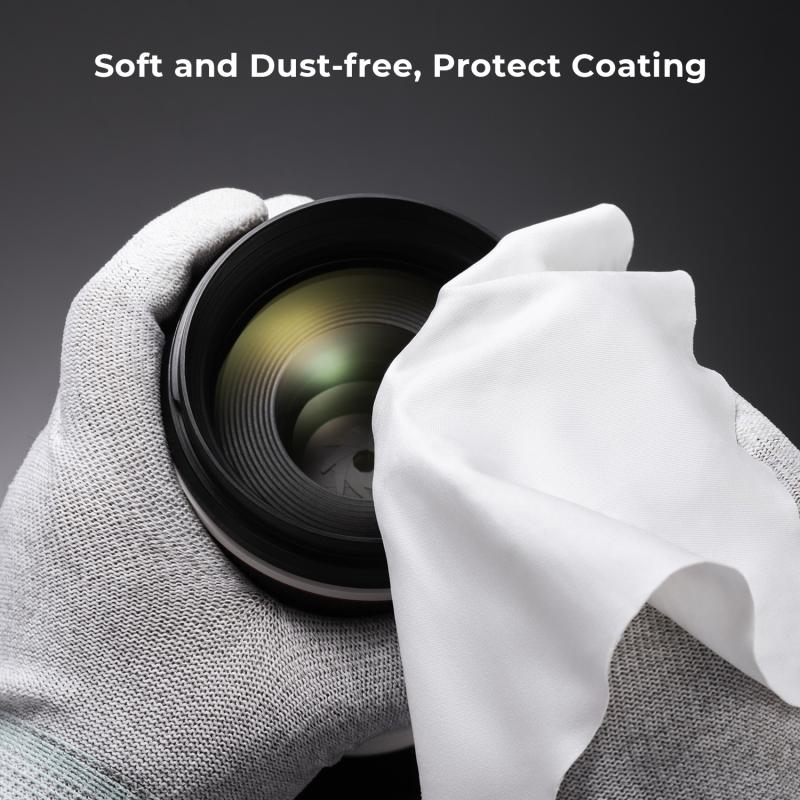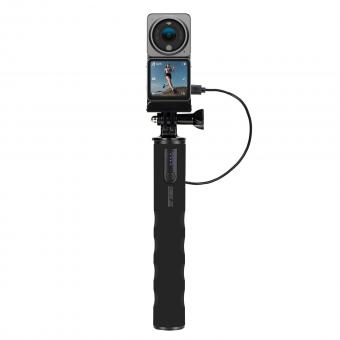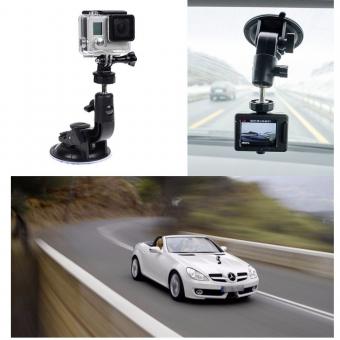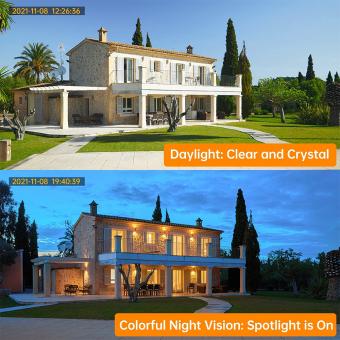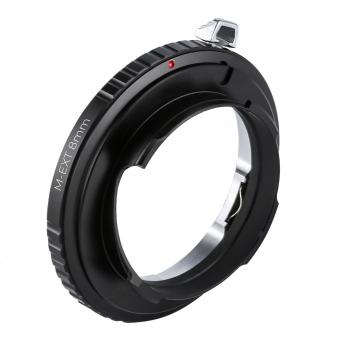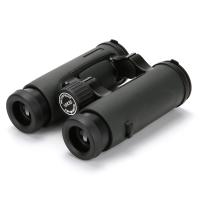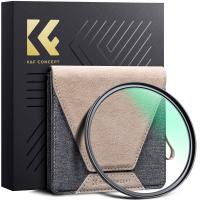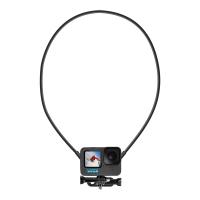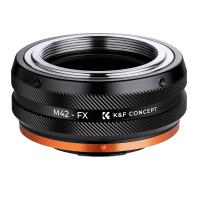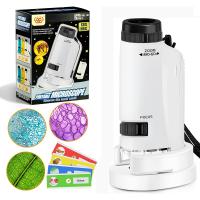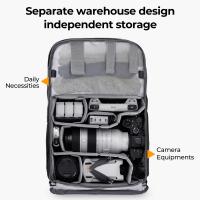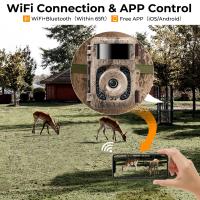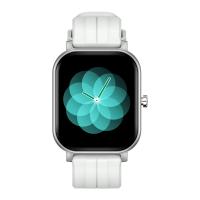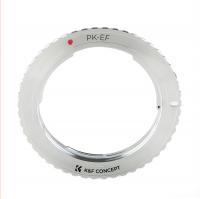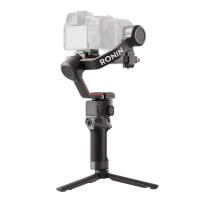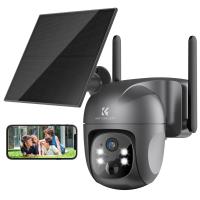How To Make An Old Camera Digital ?
To make an old camera digital, you can use a digital camera back or a digital camera conversion kit. These accessories can be attached to the back of the old camera, replacing the film compartment with a digital sensor. This allows the camera to capture digital images instead of using film. Additionally, you may need to make some modifications to the camera body to accommodate the digital back or conversion kit. It is important to note that the compatibility of these accessories may vary depending on the specific model of the old camera.
1、 Camera Sensor Upgrade: Replacing film with a digital sensor.
Camera Sensor Upgrade: Replacing film with a digital sensor.
If you have an old camera lying around and want to bring it into the digital age, upgrading its sensor is the way to go. By replacing the film with a digital sensor, you can capture high-quality digital images and enjoy the convenience of modern technology. Here's how you can make an old camera digital:
1. Research and find a compatible digital sensor: Start by researching and finding a digital sensor that is compatible with your camera model. Look for sensors that offer high resolution and good low-light performance to ensure excellent image quality.
2. Disassemble the camera: Carefully disassemble the camera, following the manufacturer's instructions or seeking professional help if needed. Take out the film compartment and remove any components that are no longer necessary.
3. Install the digital sensor: Install the digital sensor in place of the film compartment. Ensure that it is securely attached and aligned properly with the camera's lens mount.
4. Connect the sensor to a control board: Connect the digital sensor to a control board that will process the image data. This board will act as the brain of the digital camera, controlling various settings and functions.
5. Install a display screen: To view the images you capture, install a display screen on the camera. This can be a small LCD screen or even a smartphone display connected via Wi-Fi or Bluetooth.
6. Power up the camera: Connect a power source to the camera, such as a rechargeable battery pack or an external power supply. Ensure that the camera is receiving adequate power to function properly.
7. Test and calibrate: Once everything is assembled, test the camera to ensure that the digital sensor is working correctly. Adjust any settings or calibrate the sensor if necessary.
By following these steps, you can transform your old camera into a digital powerhouse. Keep in mind that this process may require technical expertise and modifications to the camera, so it's essential to proceed with caution and seek professional help if needed.
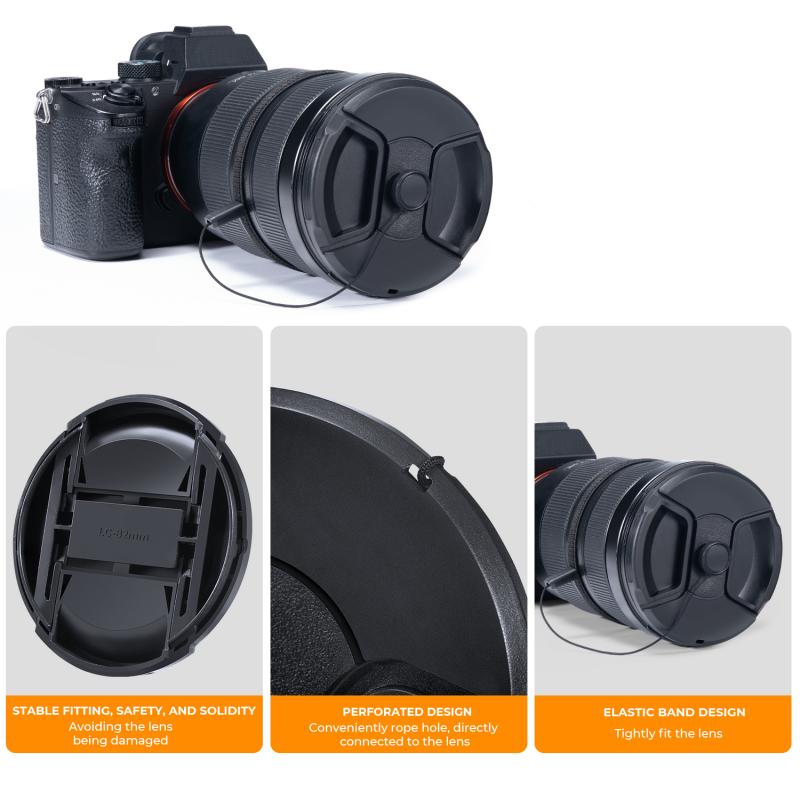
2、 Lens Adaptation: Mounting digital sensors on old camera bodies.
Lens Adaptation: Mounting digital sensors on old camera bodies.
One way to make an old camera digital is through lens adaptation, which involves mounting digital sensors on old camera bodies. This process allows photographers to use their existing lenses with modern digital technology, providing a cost-effective solution for upgrading their equipment.
Lens adaptation involves attaching a digital sensor to the camera body, which captures the image and sends it to the memory card or storage device. This allows photographers to take advantage of the high-resolution capabilities and advanced features of digital cameras while still using their favorite lenses.
There are various lens adapters available in the market that allow for compatibility between different lens mounts and camera bodies. These adapters come in different designs and materials, ensuring a secure and precise fit. Some adapters even include electronic contacts that enable autofocus and aperture control.
However, it is important to note that lens adaptation may have some limitations. The compatibility between the lens and the camera body may affect the functionality and performance of certain features. Autofocus speed and accuracy, as well as electronic communication between the lens and the camera, may be compromised.
Additionally, lens adaptation may not provide the same level of image quality as using native lenses designed specifically for digital cameras. The older lenses may not be optimized for the digital sensor, resulting in potential issues such as vignetting, distortion, or reduced sharpness.
In conclusion, lens adaptation offers a viable option for making an old camera digital. It allows photographers to continue using their existing lenses while benefiting from the advancements in digital technology. However, it is important to consider the limitations and potential compromises in functionality and image quality when opting for lens adaptation.

3、 External Digital Back: Attaching a digital back to film cameras.
External Digital Back: Attaching a digital back to film cameras.
If you have an old camera and want to bring it into the digital age, there are a few options available. One popular method is to attach an external digital back to your film camera. This allows you to capture digital images while still using your beloved analog camera.
An external digital back is a device that can be attached to the back of a film camera, replacing the film with a digital sensor. This allows you to take digital photos using your old camera body. The digital back typically includes a digital sensor, an LCD screen for previewing images, and a memory card slot for storing the photos.
Attaching a digital back to your film camera can be a great way to combine the best of both worlds. You can enjoy the nostalgic experience of shooting with a film camera while also benefiting from the convenience and flexibility of digital photography. Additionally, using a digital back allows you to instantly review your images, adjust settings, and even apply filters or effects before saving the final photo.
It's important to note that not all film cameras are compatible with digital backs, so you'll need to do some research to find one that works with your specific camera model. Additionally, digital backs can be quite expensive, especially if you're looking for high-resolution options. However, they can be a worthwhile investment if you're passionate about both film and digital photography.
In conclusion, attaching an external digital back to your old film camera is a great way to make it digital. It allows you to enjoy the benefits of digital photography while still using your beloved analog camera. Just make sure to do your research and find a digital back that is compatible with your camera model.
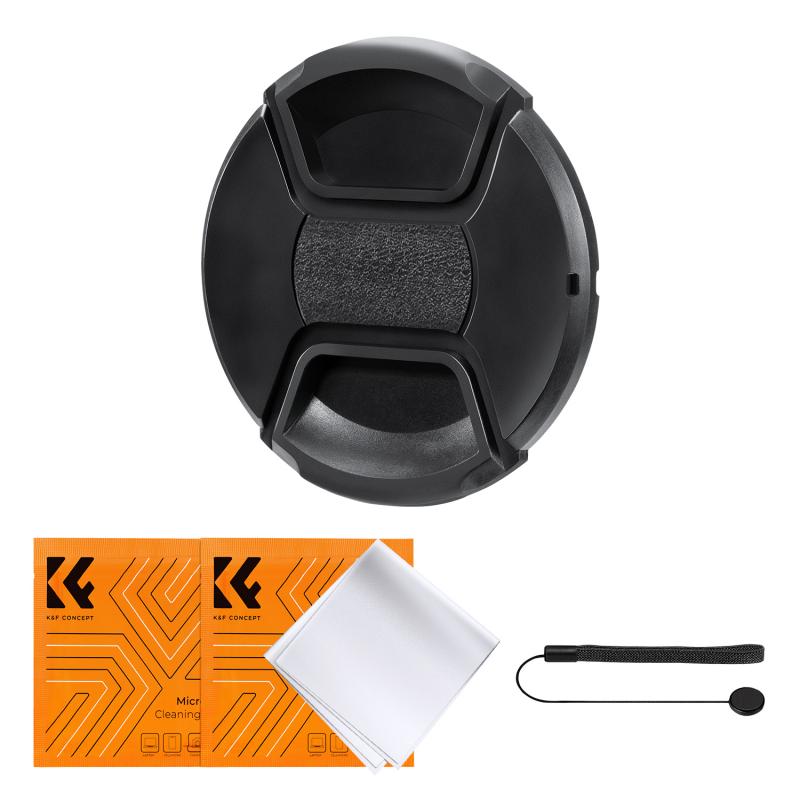
4、 Camera Hacking: Modifying old cameras for digital functionality.
Camera Hacking: Modifying old cameras for digital functionality
If you have an old camera lying around and want to bring it into the digital age, there are several ways you can modify it to capture digital images. Here's a step-by-step guide on how to make an old camera digital:
1. Assess the camera: Before starting the modification process, evaluate the camera's condition and compatibility. Ensure that the camera is in working order and has the necessary features to support digital modifications.
2. Remove the film mechanism: Since digital cameras do not require film, you will need to remove the film mechanism from the camera body. This step may vary depending on the camera model, so refer to the camera's manual or online resources for specific instructions.
3. Install a digital image sensor: To capture digital images, you will need to replace the film with a digital image sensor. This process can be complex and may require technical expertise. It involves disassembling the camera and carefully installing the sensor in the appropriate location.
4. Connect the sensor to a digital processor: Once the image sensor is installed, you will need to connect it to a digital processor. This processor will convert the captured images into digital files. Again, this step may require technical knowledge and soldering skills.
5. Modify the camera controls: Since the camera's original controls were designed for film photography, you may need to modify them to work with the digital sensor and processor. This could involve rewiring buttons or dials to perform digital functions such as adjusting ISO, shutter speed, and aperture.
It's important to note that camera hacking and modifying old cameras for digital functionality can be a complex and challenging process. It requires technical skills, knowledge of camera mechanics, and access to the necessary tools and equipment. Additionally, the results may vary depending on the camera model and the modifications made.
In recent years, there has been a rise in the popularity of digital camera modifications, with some enthusiasts creating dedicated online communities to share their experiences and knowledge. These communities provide valuable resources, tutorials, and support for those interested in camera hacking.
However, it's worth considering that advancements in digital camera technology have made it more affordable and convenient to purchase a new digital camera with superior features and image quality. So, before embarking on a camera hacking project, carefully weigh the costs, time, and effort involved against the benefits of upgrading to a new digital camera.
